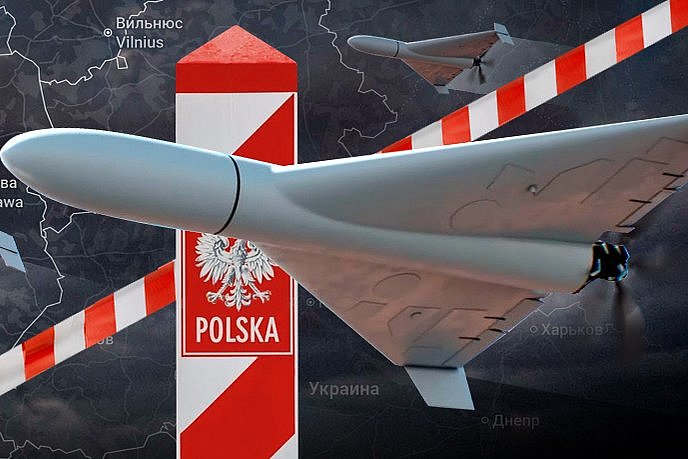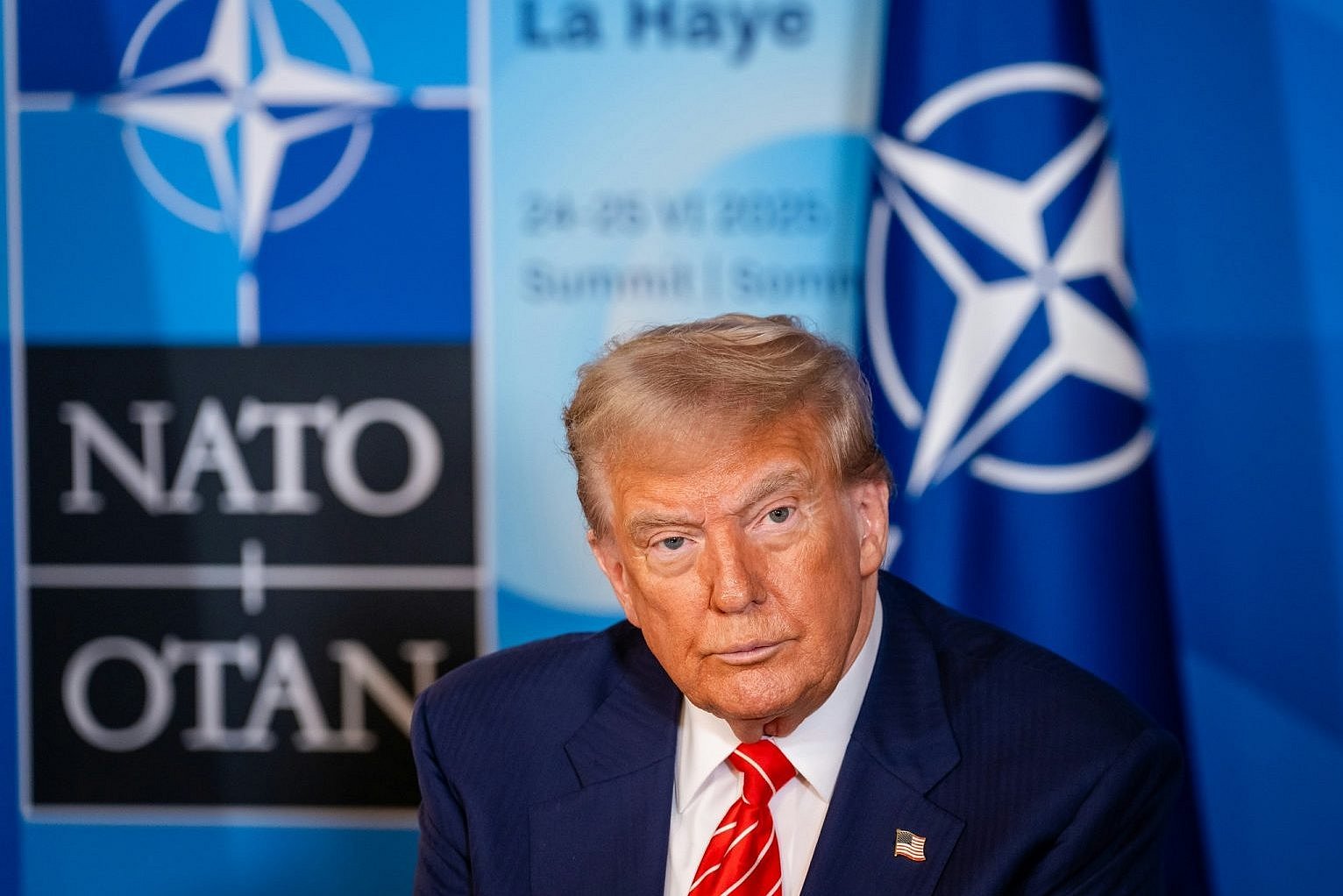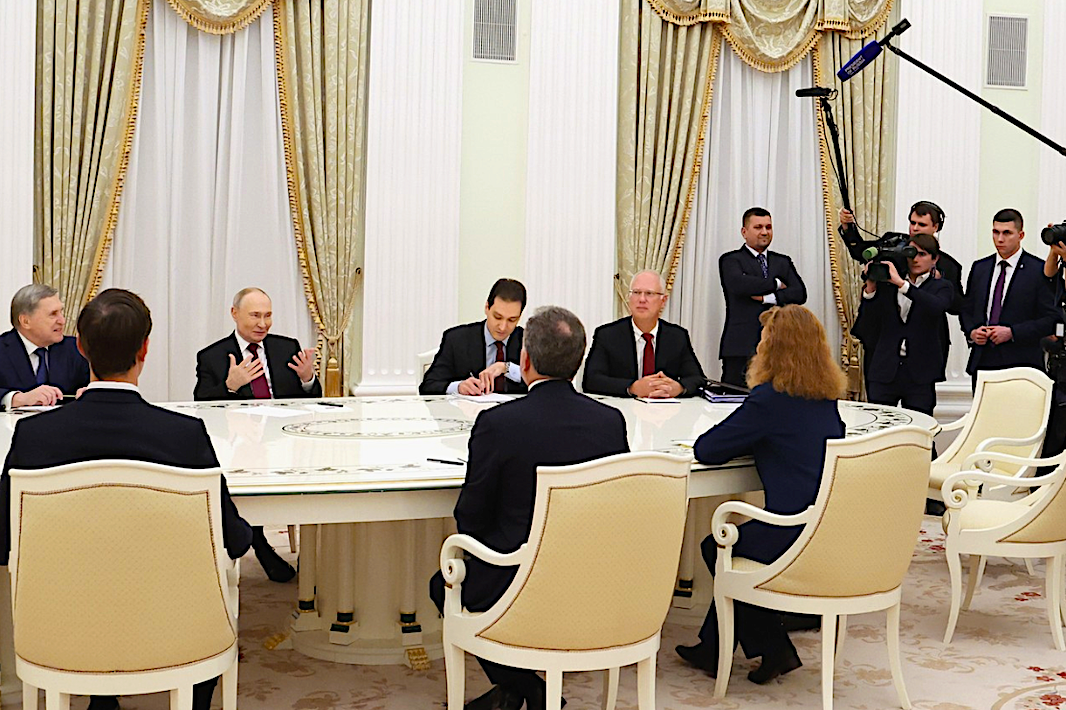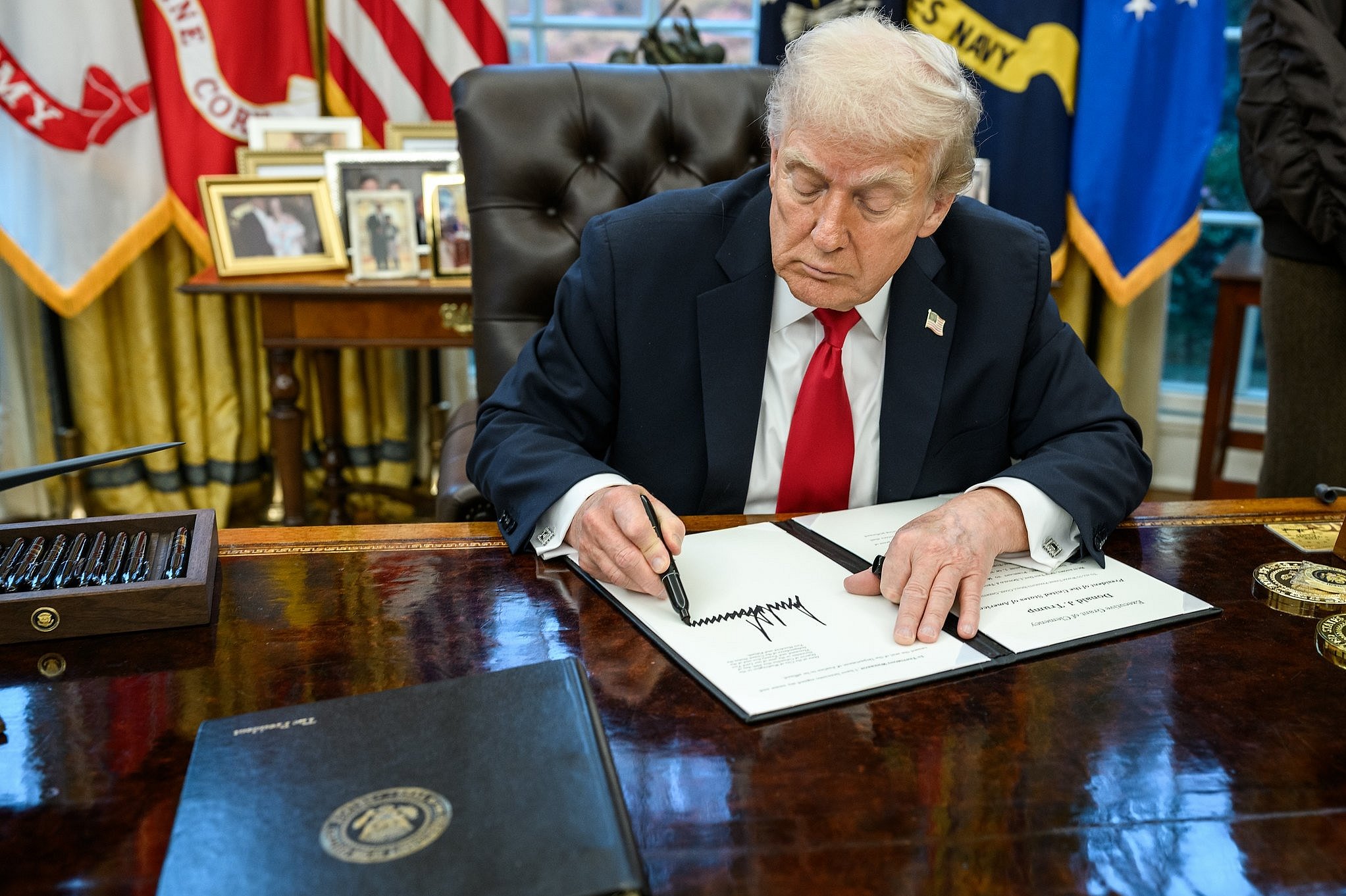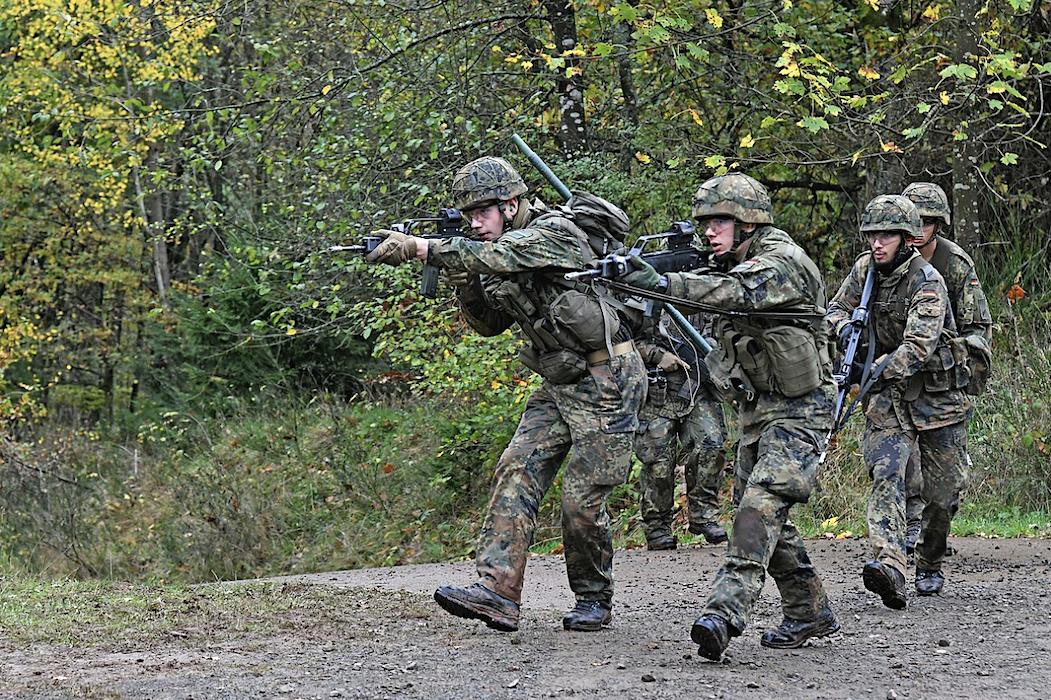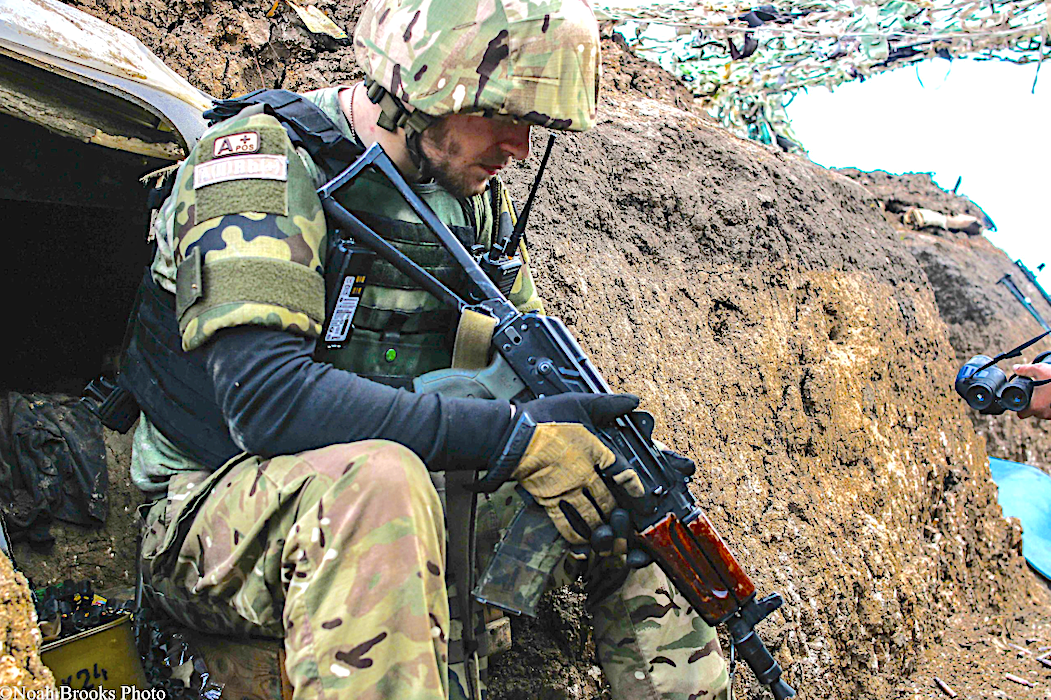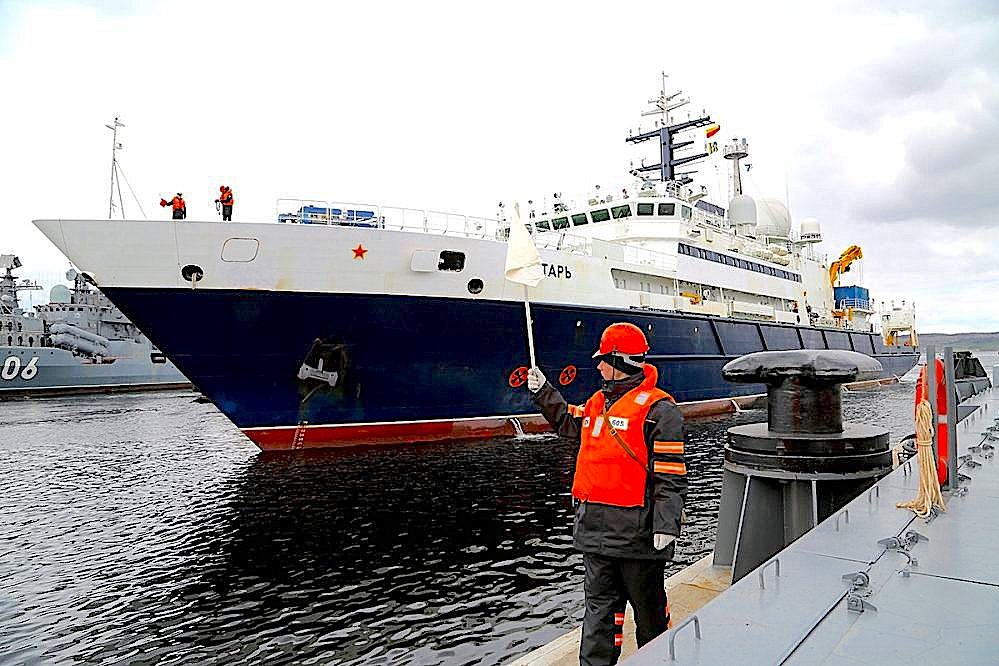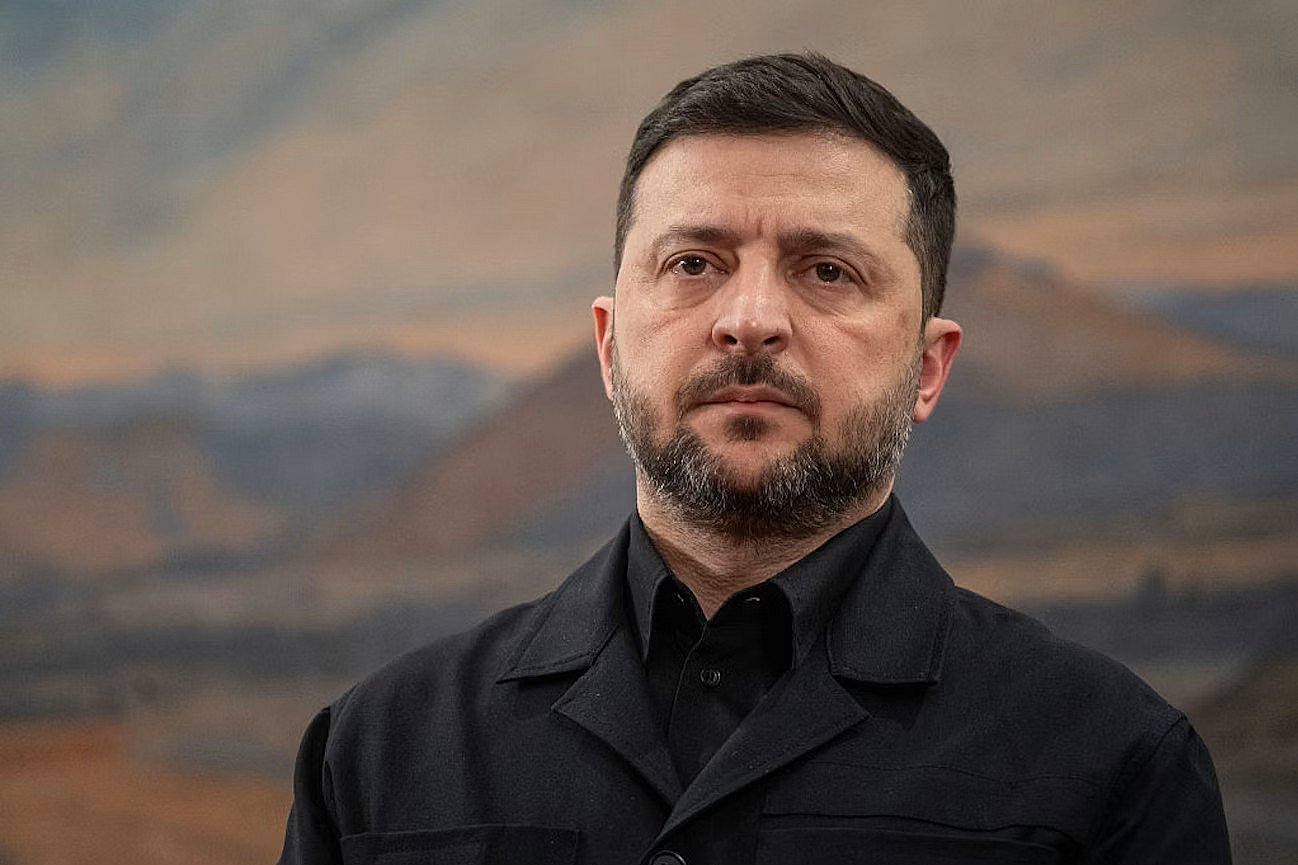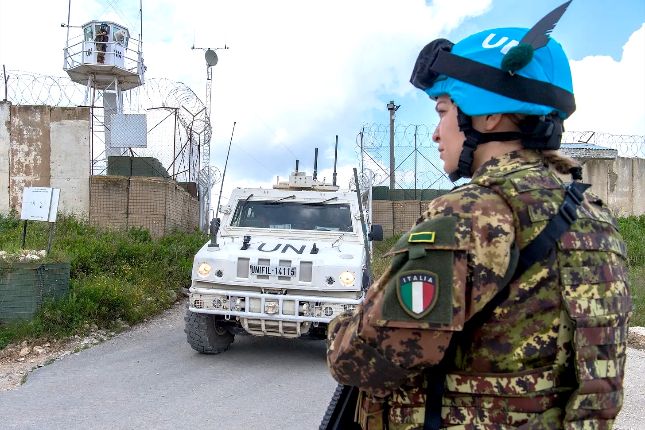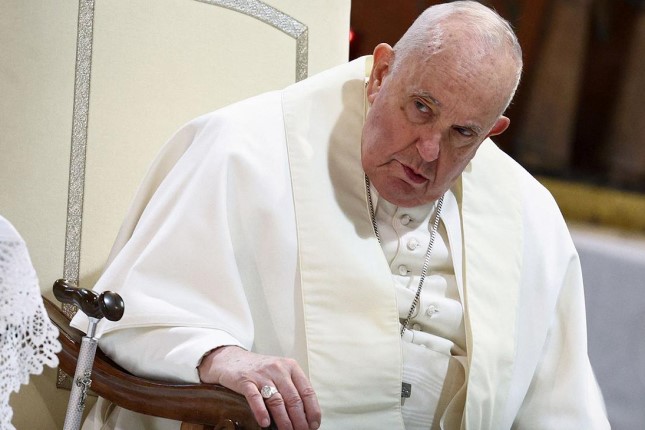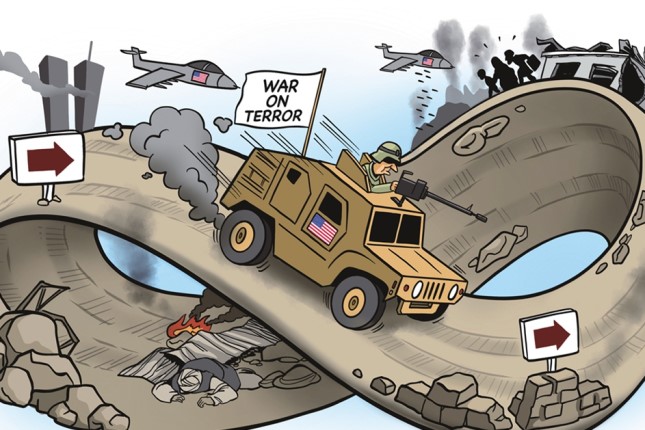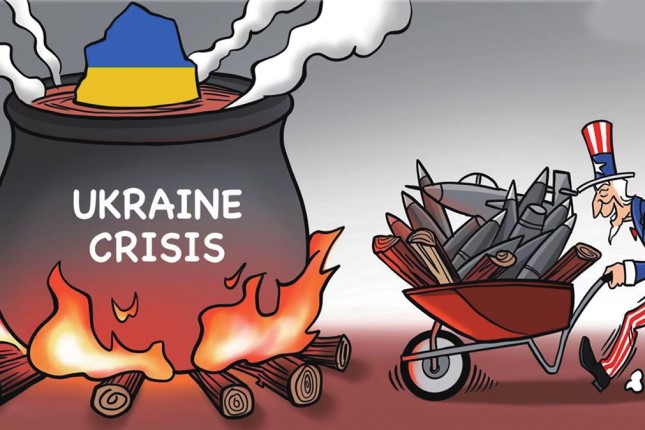Polish F-16’s and Dutch F-35’s were scrambled with the assistance of Italian early warning AWACS aircraft and German Patriot systems. Four of the Russian drones were shot down in the first time missiles have been fired by NATO forces since the war in Ukraine began.
Polish President Donald Tusk said that “a line has been crossed” and that the “situation brings us the closest we have been to open conflict since World War Two”. Poland then invoked NATO’s Article 4, meaning that NATO leaders will meet to discuss the response. The violation of Poland’s airspace triggered a unified call for stronger European defense measures, with the defense ministers of Britain, France, Germany and Italy calling the Russian violation an unacceptable provocation. Ukrainian President Volodymyr Zelensky called for a strong reaction form Ukraine’s partners.
But the bellicose response bellies the far more uncertain reality that Westen intelligence does not even know if the Russian drones entered Polish airspace deliberately or accidentally.
The Russian Ministry of Defense says that, that night, they employed high-precision weapons and drones to strike “defense industry enterprises.” It added that “there were no intentions to engage targets on the territory of Poland.”
Several European leaders have said that the missiles were either an attack on Poland or an effort by Russia to probe Western air defenses and observe and measure the NATO response. The Russian statement is inconsistent with the first but, possibly, consistent with the second.
But there are three arguments against the claim that make it an unlikely explanation. The first is that, despite constant claims, there is absolutely nothing in the historical record that suggests that Russia is planning attacks on any European country outside Ukraine. The second is that Russia is winning the war and has nothing to gain at this point in drawing NATO into the fight. And the third is that the record of Putin’s statements make it clear that Russia went to war, in large part, to prevent Ukraine from joining NATO and to prevent the situation in Ukraine triggering a Russia-NATO war. It makes little sense that Russia would go to war in Ukraine to prevent a war with NATO only to use the war in Ukraine to cause a war with NATO.
Adding to the evidence against the drones being a Russian attack is that no targets were hit in Poland. It was originally widely reported that the roof of a house had been destroyed by an unidentified object, originally believed to be debris from a drone shot down by Polish air defense. However, it seems now to have been determined that the house was destroyed by an AIM-120 advanced medium-range air-to-air missile fired by a Polish F-16 fighter that experienced a guidance system malfunction. And, importantly, Polish Prime Minister Donald Tusk says that none of the drones were armed with warheads. “There is currently no evidence,” Tusk says, “that any of these drones posed a direct threat. So far, none have been identified as combat drones capable of detonating or causing harm.”
A second explanation has also been offered that the drone launch was not an attack on a European country but a warning to Europe delivered by drones against any plans for European forces in Ukraine. Though a credible interpretation, Poland would make an odd target. Though a leading supporter of Ukraine, Poland is one of the European countries that have made it clear that they will not be sending troops to Ukraine.
A third explanation, advanced by more than one analyst, based on unconfirmed photographs of some of the drones and unconfirmed stories that Ukraine was collecting downed Russian drones to innovatively reuse them, is that this was a false flag operation and that the drones were fired by Ukraine in an attempt to elicit a stronger NATO role in the war. In November 2023, despite analysis that found that a missile that had landed in Poland was fired, not by Russia, but by Ukrainian air defense systems firing at Russian missiles, Zelensky called the missile strike a “Russian attack on collective security in the Euro-Atlantic,” alluding to NATO’s Article five. This explanation lacks sufficient evidence to be selected.
A fourth explanation that, despite public dismissals, is not being dismissed privately by Western intelligence is that the drones, targeted by routine Ukrainian GPS interference, wandered blindly into Polish airspace by accident. As U.S. President Donald Trump said, it “could have been a mistake.”
Generally speaking, there are two ways to electronically interfere with drones’ GPS to defend against them. Jamming is when another signal is transmitted on the same frequency, blinding the drone. More sophisticated and effective is spoofing, where a fake signal pretends to be the real signal but has slightly different information, making the drone think it is in a different position.
Polish authorities have insisted that the large number of Russian drones that entered their airspace rule out GPS interference: “When one or two drones does it, it is possible that it was a technical malfunction. In this case, there were 19 breaches and it simply defies imagination that that could be accidental.”
But that’s not true. Experts say that GPS interference can be general and not aimed at a specific drone, affecting all drones in that area. Alexander Hill, Professor in Military History at the University of Calgary told me that “drone jamming can be focused or otherwise, so could impact one or many drones over a given area depending on the type of jamming.”
CNN reports that senior U.S. officials and outside analysts say that “because the drones are often programmed in bulk and in attacks of this size, it’s logical that 19 or 20 might encounter Ukrainian electronic war defenses and respond identically.”
Despite the public rejection of the accident interpretation, U.S. and Western intelligence officials have been unable to tell if the incursion was deliberately planned or accidentally sent off course by GPS interference. A senior U.S. official told CNN said the odds of intentional or accidental are “50-50.” Another U.S. source familiar with the intelligence admitted that “We just don’t have sufficient intel one way or another.”
The senior U.S. official says “that the drones flight pattern suggested that the drones were lost and attempting to reacquire a GPS signal — suggesting they had simply been knocked off course by Ukrainian jamming.” And, though it is not unanimous, a senior Western intelligence official told CNN that “that they were ‘leaning’ towards an assessment that the incident was unintentional.”
Adding to the evidence that GPS interference sent the drones off course and that Russia meant no harm to Poland, is that “Poland has said that Belarus, whose territory the drones were launched from, also sent warning that off-course drones were headed for its airspace.” General Wiesław Kukuła, Chief of the General Staff of the Polish Armed Forces, says that “The Belarusians warned us that drones were heading towards us through their airspace.” He added that the advance warning was “helpful for us.”
There is not yet sufficient intelligence to know for sure what happened the night of September 10. But it is distinctly possible that the whole event was an accident and that when Russia and Belarus discovered it, they immediately notified Polish authorities. Deliberate or accidental, the event should not be exploited to escalate the war and risk bringing NATO into the war with Russia.
Such incursions were not uncommon during the Cold War. The U.S. sent aircraft over the Soviet Union to spy, buzzed their borders to intimidate them and, at least once during the Reagan years, simulated attacks on the Soviet Union, including nuclear attacks, to test their defenses. On several occasions, U.S. planes were even shot down, with ten crew killed in just one incident. In Russia Upside Down, Joseph Weisberg says that, between 1950 and 1991, around 100 airmen were shot down and killed on Cold War surveillance flights, most of them near or over the Soviet Union.
As the recent event should, these events did not lead to escalation or war between NATO and Russia but to enhanced efforts at de-escalation. Rather than invoking Article 4 or Article 5, the drones over Poland should invoke a sense of urgency for de-escalating, ending the war and establishing an inclusive European security architecture.
Source: AntiWar.com.
